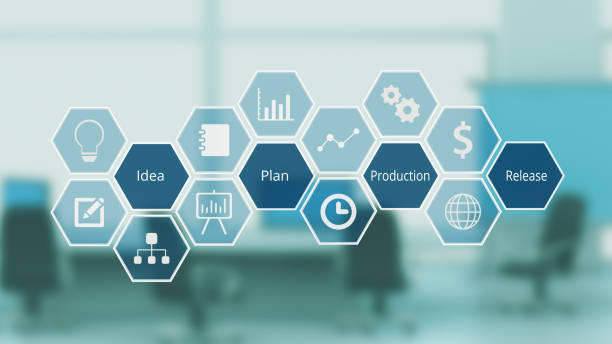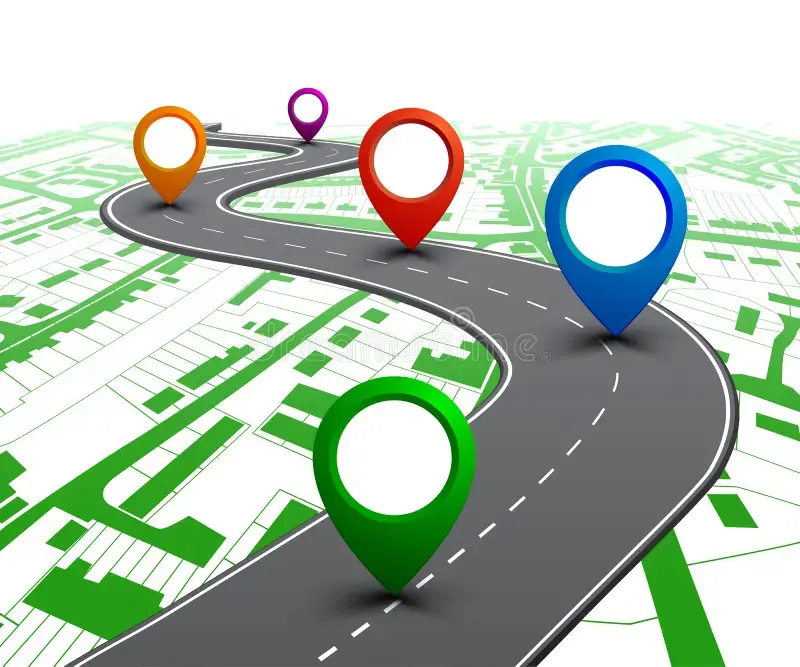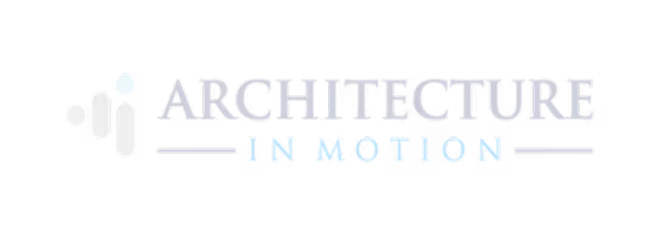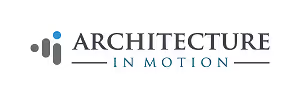Application Modernization Roadmap
Our Modernization Roadmap Approach
We believe modernization is not a one-time event, but a continuous journey. Our structured approach is built around key pillars that ensure measurable progress and ongoing business alignment.
Assessment & Strategic Planning
We begin with a comprehensive application portfolio assessment—evaluating business fit, technical fitness, and modernization potential using models such as TIME (Tolerate, Invest, Migrate, Eliminate). This includes:
- Legacy system analysis
- Technical debt evaluation
- Business capability mapping
- AI-readiness and cloud-native feasibility

Roadmap Design & Prioritization
We create a phased execution roadmap aligned with your business priorities. This includes:
- Milestone-driven implementation plans
- DevOps enablement and CI/CD integration
- Business case development with cost-benefit analysis
- Governance models and change management plans

Optimization & Continuous Improvement
Post-implementation, we support performance tuning, capability extensions, and the integration of AI services, analytics, and automation. Our managed services include:
- Application monitoring and performance management
- Incident resolution and ongoing enhancements
- Change and release management
- L1/L2 application support

Tailored Modernization Strategy
Based on assessment findings, we design a fit-for-purpose strategy using one or more of the following approaches:
- Rehosting (Lift-and-Shift)
- Refactoring or Replatforming to enhance agility
- Rebuilding or Rewriting to enable intelligent, cloud-native apps
- Encapsulation for modularization via APIs and microservices

Execution & Transformation
We lead the transition with precision and speed—delivering incremental improvements while minimizing disruption. Our teams support:
- Front-end and back-end development
- Application migration and integration
- Cloud-native reengineering (SaaS, PaaS, Kubernetes)
- QA, performance testing, and automated deployment

Intelligent Application Enablement
- Adaptive user experiences
- Embedded intelligence and analytics
- Autonomous orchestration of workflows
- Composable architecture and connected data ecosystems


.avif)
.avif)
